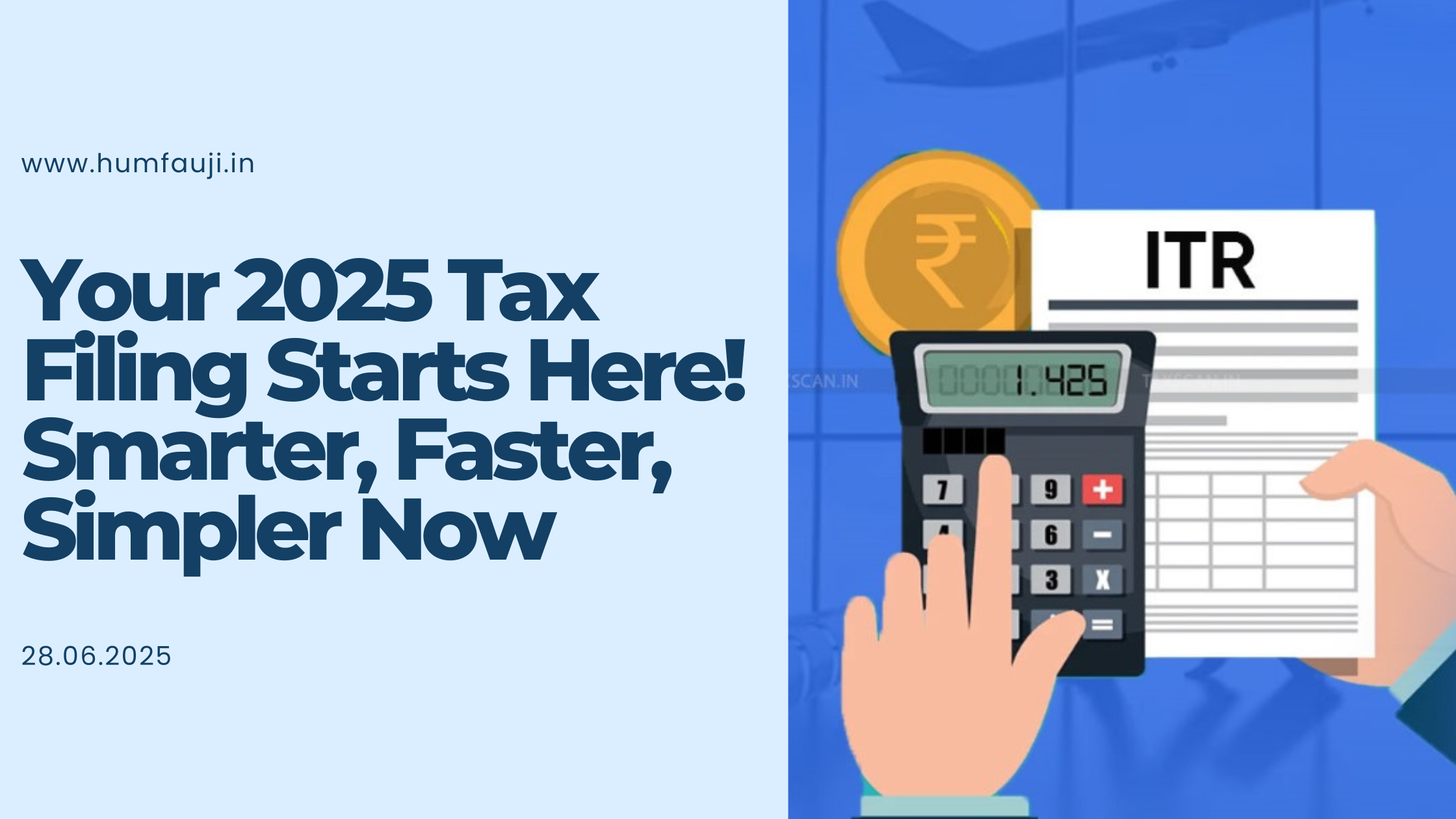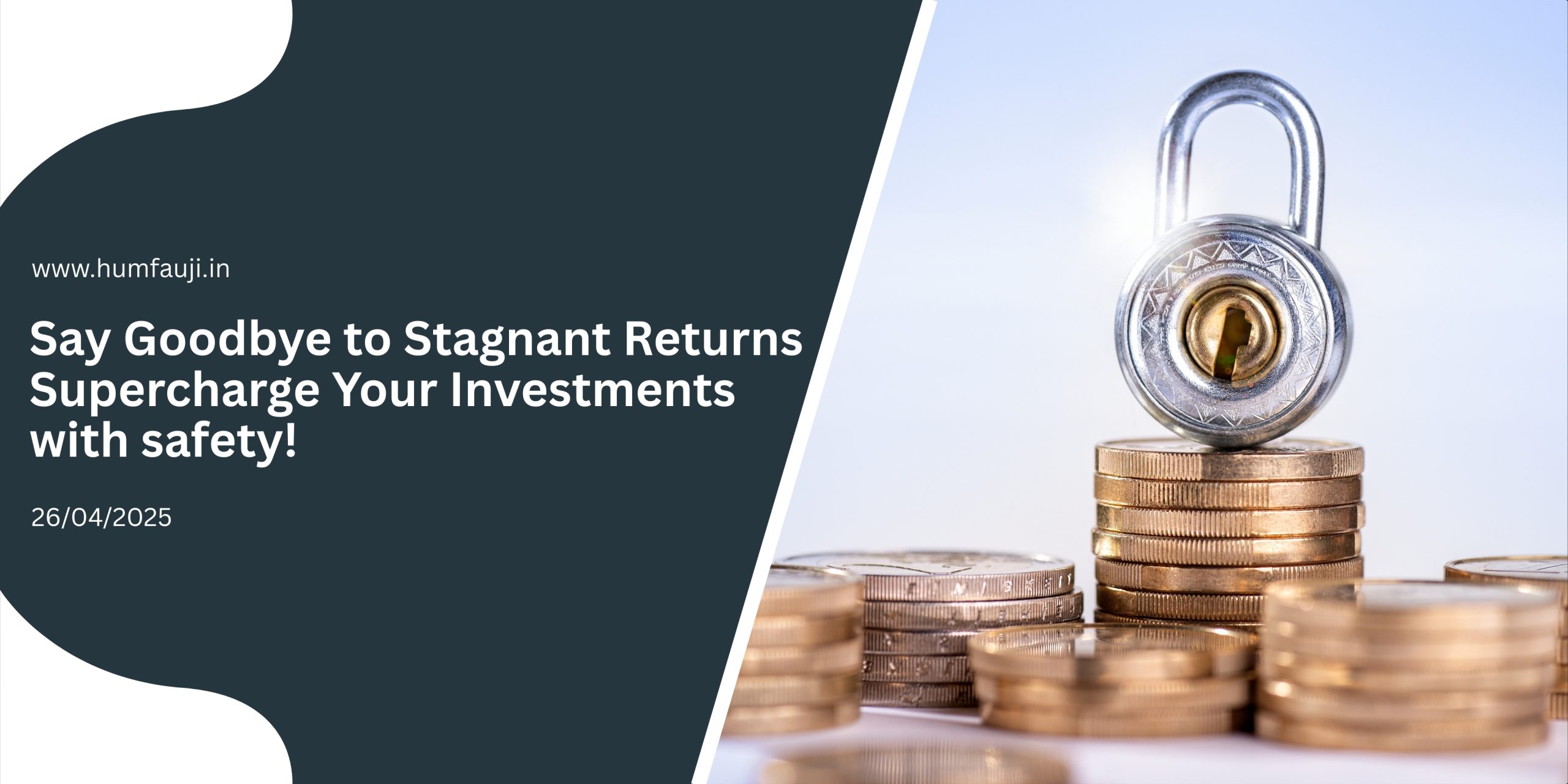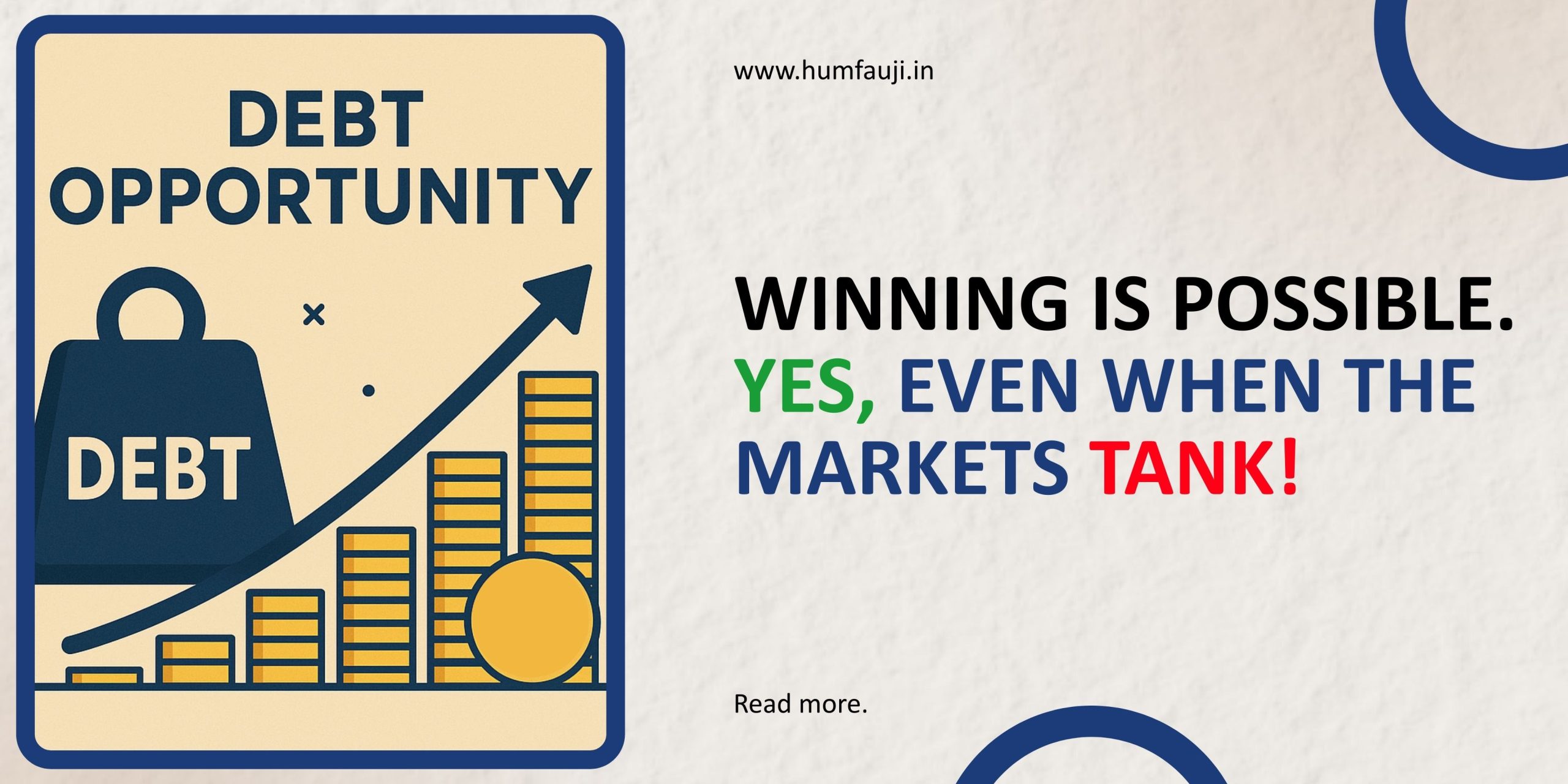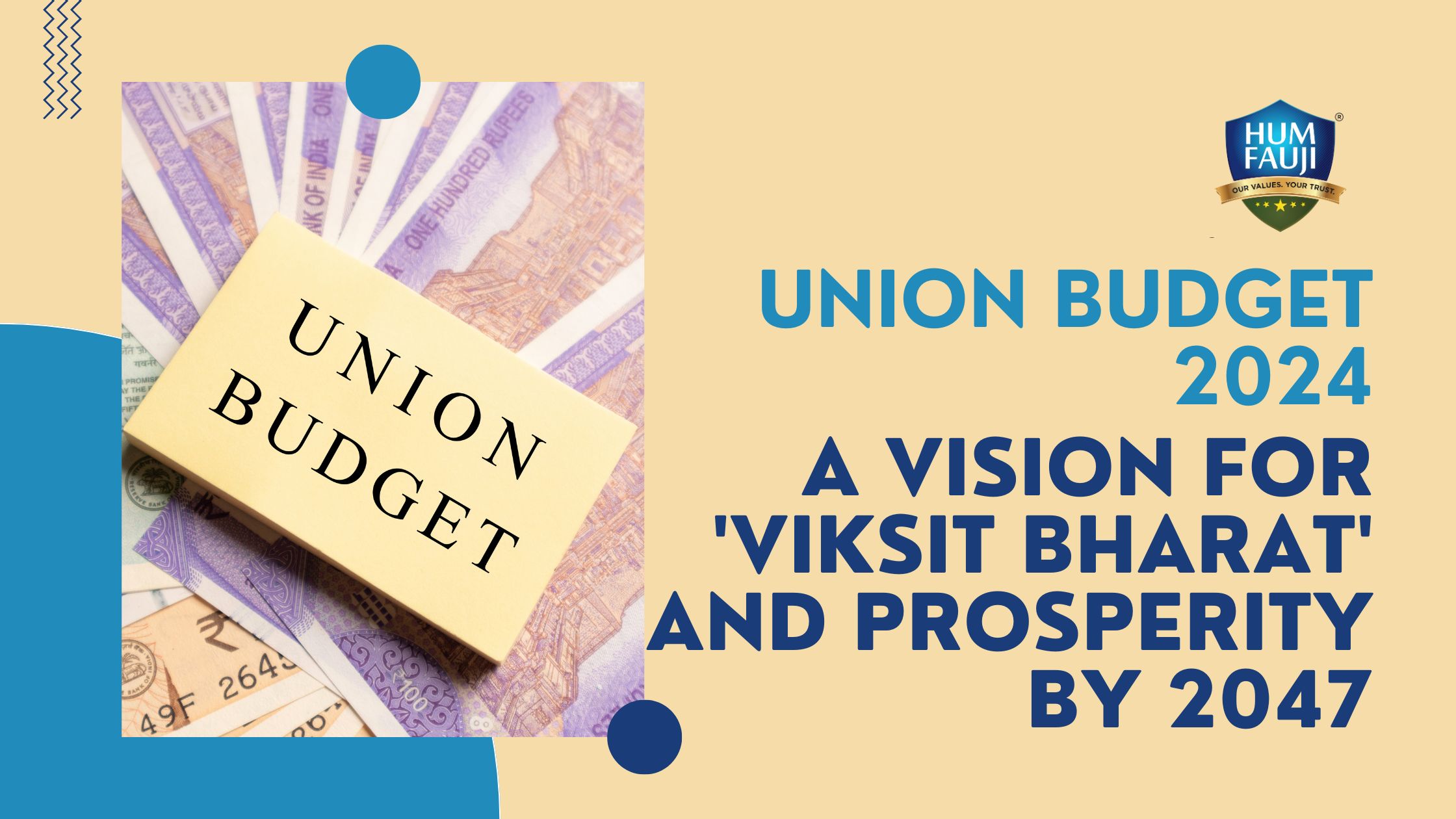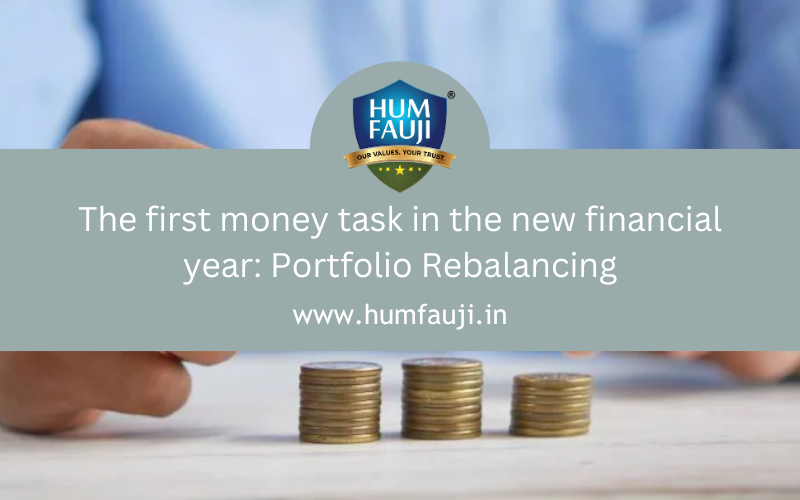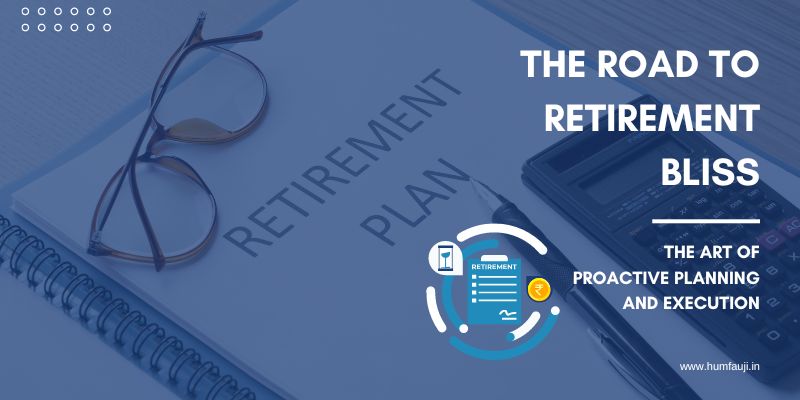28Apr
Say Goodbye to Stagnant Returns – Supercharge Your Investments with safety!
Tired of your bank FD earnings barely keeping up with inflation? It’s time ...21Apr
Keep Winning! Yes its possible even when the markets tank.
Sometimes one has to swim against the tide to win. It is surely counter-int...19Dec
सैन्य नेता – अपनी यूनीट में और आसपास बढ़ रही वित्तीय महामारी से सतर्क रहें
तीन महीने पहले, मैं पूर्वोत्तर भारत में सेना की इकाइयों को वित्तीय योजना पर...13Aug
Union Budget 2024: A Vision for ‘Viksit Bharat’ and Prosperity by 2047
On July 23, 2024, Finance Minister Nirmala Sitharaman presented a landmark ...18Jun
Why should you have ‘Smart Beta Funds’ in Your Portfolio?
In this article we introduce Smart Beta Funds to you, an innovative investm...Why Comparing Your Finances with others is a Recipe for Disaster?
We've all been there. Scrolling through social media, bombarded with images...15Apr
Are you getting a Cycle-rickshaw for the price of a Car?
Imagine you're at a bustling street food market, eager to savour the local ...03Apr
Unlocking Financial Success: Strategic Investment Tips for FY 2024-25
The start of a new financial year presents a golden opportunity for investo...25Mar
Unveiling the Importance of Corporate RIA Financial Services
Hum Fauji is now a Corporate Registered Investment Advisor (Corporate RIA)....10Mar
Invest Wisely: Expert Guidance for US Market Investments
Are you living outside India and are yet to dip your feet in the......20Jan

